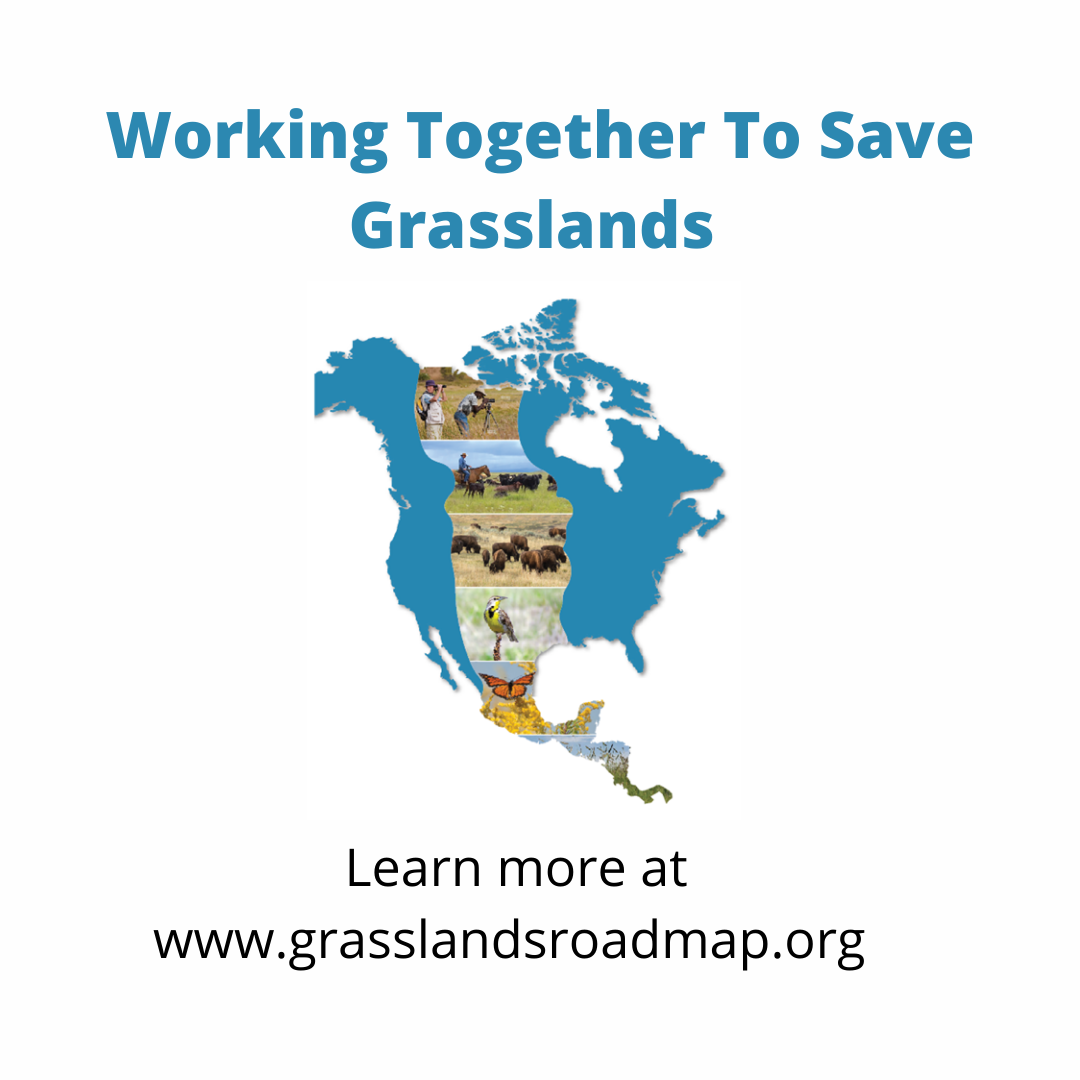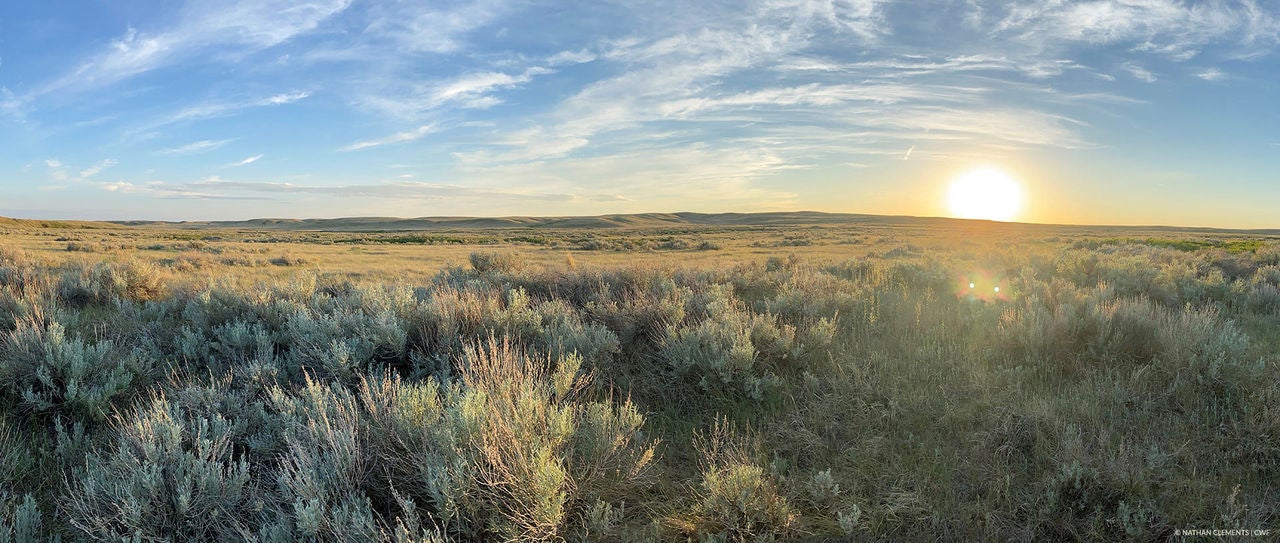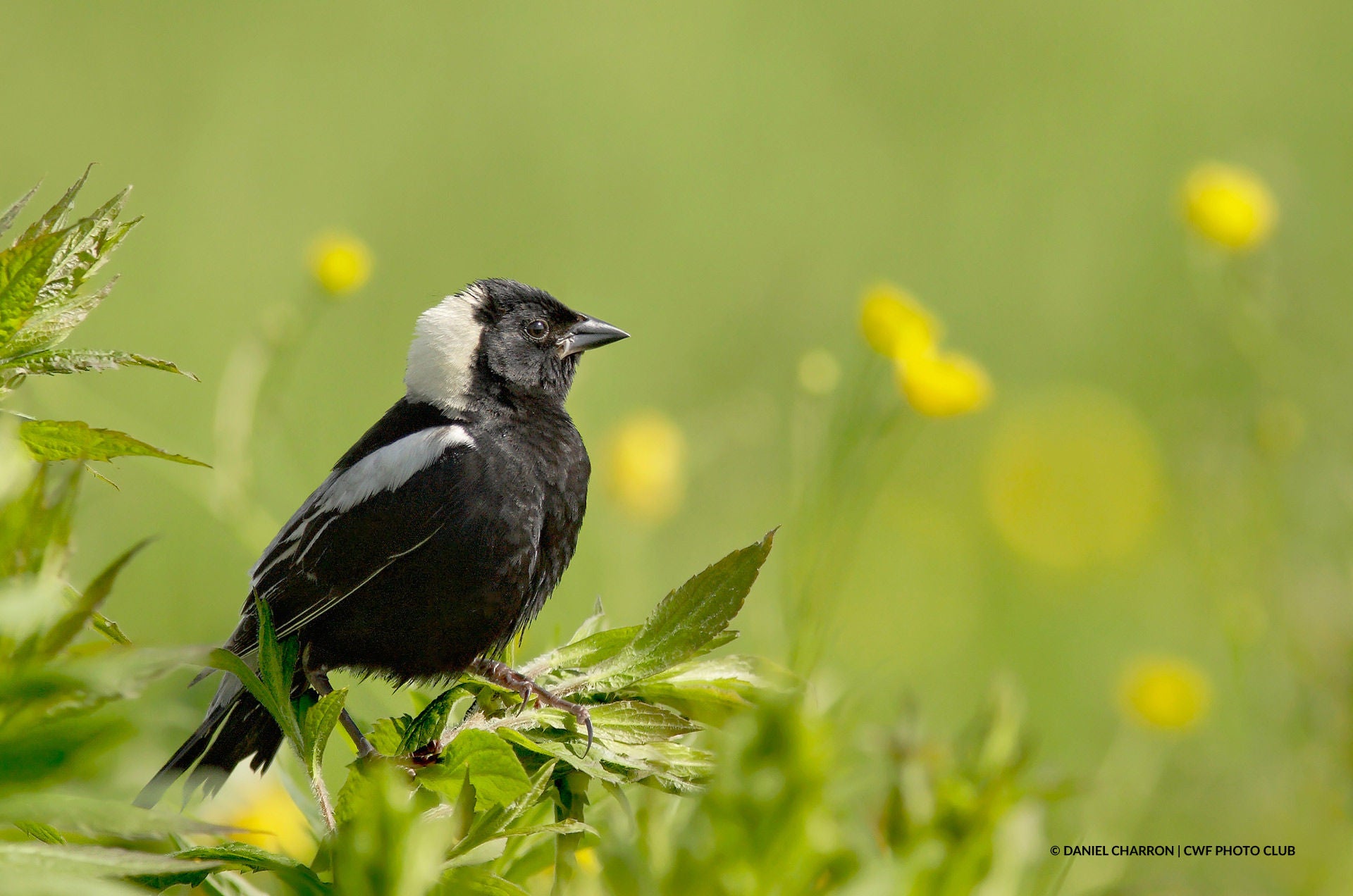May 18, 2022
CWF
 OTTAWA, Ont. May 18, 2022 -The Canadian Wildlife Federation (CWF) is part of a delegation heading to an international grasslands summit in Colorado this weekend, saying there is an urgent need for co-ordinated tri-national action.
OTTAWA, Ont. May 18, 2022 -The Canadian Wildlife Federation (CWF) is part of a delegation heading to an international grasslands summit in Colorado this weekend, saying there is an urgent need for co-ordinated tri-national action.
“With more than 80 per cent of native prairies in Canada converted to crops, industrial and residential development, collaboration is critical,” said John Wilmshurst, CWF native grassland conservation manager. “But there is also an incredible sense of hope in this group.”
Organizations from Canada, the United States and Mexico will meet in Fort Collins, Colorado between May 24 and 25 to plan the roadmap for preserving the Central Great Plains of North America.
Many grassland advocates worked in wetland conservation 30 years ago to tremendous success, Wilmshurst said.
“By adopting the same approaches as were used in the North America Wetlands Act, the Grassland Roadmap will harness the energy of dozens of organizations over three nations to build a future for our native grasslands.”
The Central Grasslands are critical for pollinators, provide habitat for wildlife, store carbon and support millions of people, Wilmshurst said. Healthy grasslands filter sediment, nutrients and bacteria that otherwise end up in waterways, threatening fish and drinking water.
“As our grasslands disappear, many of the benefits they provide are lost. Nature-based solutions are the key to creating resilient communities."
For more information visit grasslandsroadmap.org or CanadianWildlifeFederation.ca/grasslands.
-30-
About the Canadian Wildlife Federation:
The Canadian Wildlife Federation is a national, not-for-profit charitable organization dedicated to fostering awareness and appreciation of our natural world. By spreading knowledge of human impacts on the environment, carrying out research, developing and delivering education programs, promoting the sustainable use of natural resources, recommending changes to policy and co-operating with like-minded partners, CWF encourages a future in which Canadians can live in harmony with nature. For more information, visit CanadianWildlifeFederation.ca.
Contacts:
John Wilmshurst, CWF Native Grassland Conservation Manager. jwilmshurst@cwf-fcf.org, 780-931-6361.
Heather Robison, CWF Media and Community Relations Officer. heatherr@cwf-fcf.org 613-599-9594 x 212.
Backgrounder:
The Central Grasslands span hundreds of millions of hectares across Indigenous lands of Canada, the United States and Mexico, and are one of the world’s great ecosystems.
Grasslands support crucial ecosystem services like water supply, soil health and biodiversity, and are also essential for agriculture, food security and supporting rural communities.
In recent decades, the tension between conserving and developing grasslands has increased, exacerbated by climate change.
More than 20 million hectares of grassland have been lost in North America over the last decade, challenging global food security and local food sovereignty.
Canada’s native grasslands store 0.8 million tonnes to 17.8 million tonnes of carbon per year.
Stats:
- There are about 320 species of birds that call the North American Great Plains home
- Less than one per cent of native tallgrass prairie remain
- Less than 10 per cent of mixed grass prairie in Canada remains
Did You Know?
- The prairies are divided into six grassland types: upland tallgrass and Lake Manitoba plain found only in Manitoba, Foothills fescue found only in Alberta and mixed grassland (dry and moist), aspen parkland and the Cypress uplands spanning Alberta and Saskatchewan.
- As important as they are to the global food supply, fields of wheat and other annual crops on the prairies function very differently than native grasslands.
- Native grasslands are home to hundreds of species of mammals, birds, insects and, of course, plants, and are a powerhouse of soil carbon storage.
- As many as 60 million bison once roamed the Great Plains from Mexico to Alaska, British Columbia to the US Eastern seaboard.
- 0
- 1
- 2


